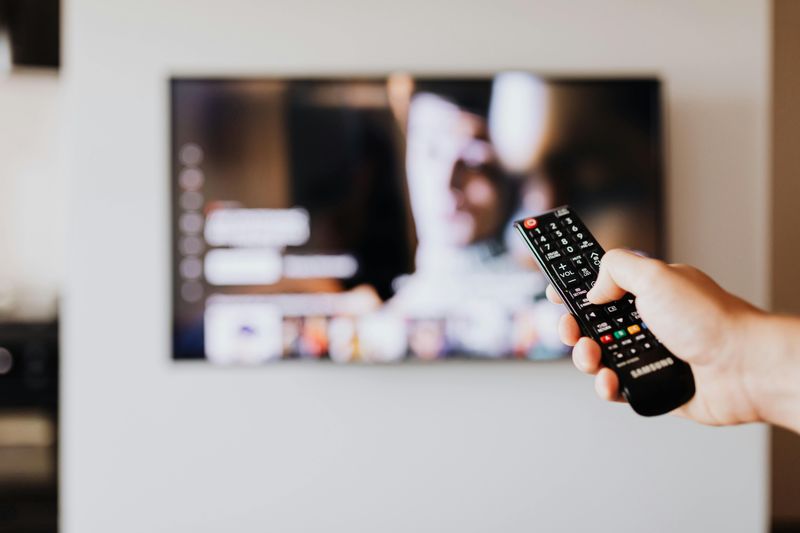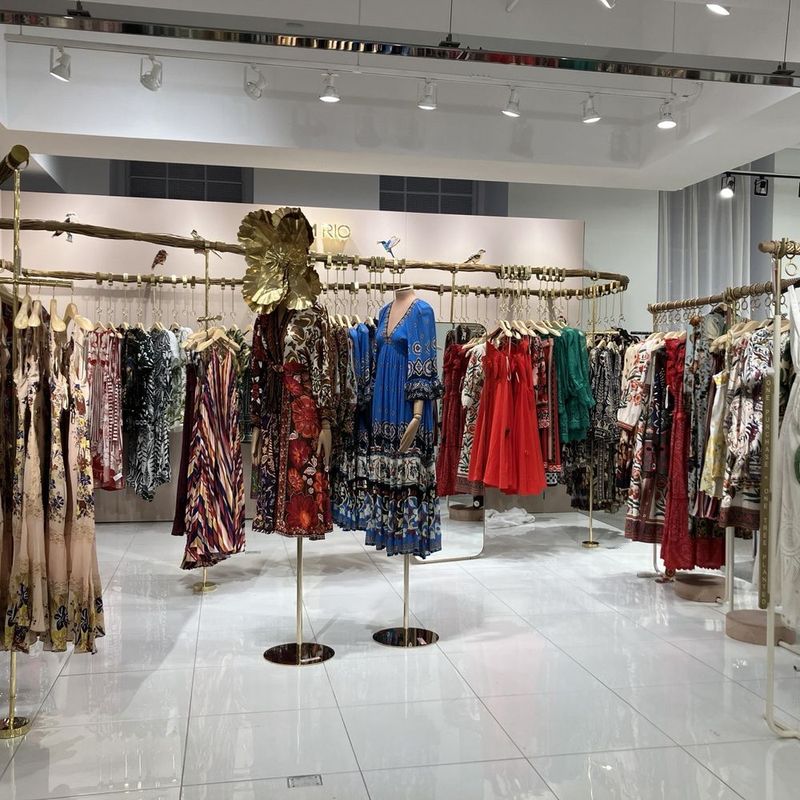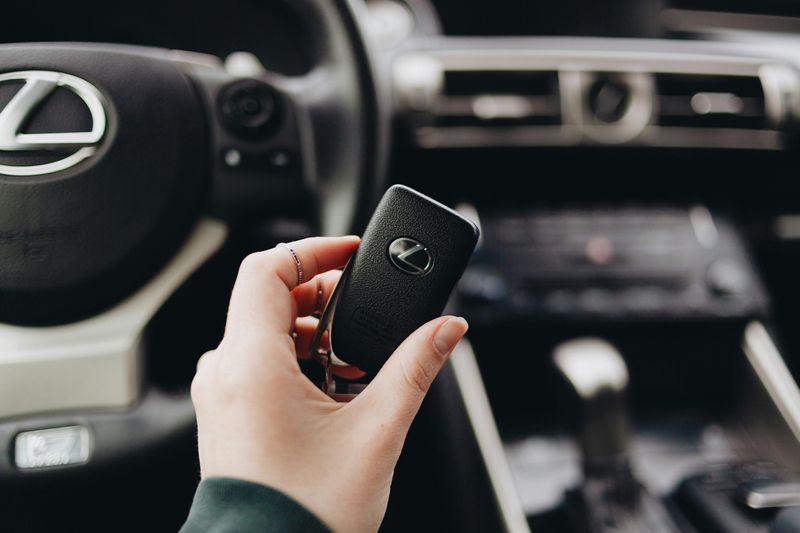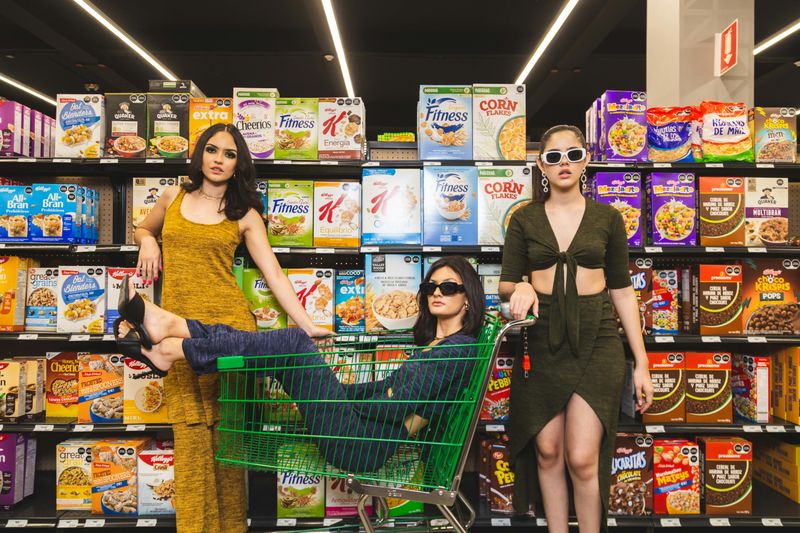15 Things Gen Z Isn’t Buying—And They Might Vanish for Good

Every generation has its own way of spending (and saving) money, but Gen Z might be the most financially and socially conscious one yet. They’ve grown up in a digital world where convenience, sustainability, and value matter more than tradition or status. That means a lot of products that once felt essential to older generations are quietly being left behind.
1. Cable TV Subscriptions

Streaming has officially taken over living rooms everywhere. Gen Z would rather have a dozen apps on their smart TV than pay for hundreds of channels they’ll never watch. The idea of being tied to a cable box — or waiting for a specific showtime — feels almost prehistoric.
It’s not just about convenience. Subscription fatigue aside, Gen Z prefers paying only for the content they want, when they want it. Netflix, Hulu, and YouTube are their go-to entertainment hubs, and many don’t even bother owning a television.
Cable companies have tried rebranding their bundles, but the truth is, Gen Z just doesn’t buy into the concept. They stream on phones, tablets, and laptops — usually while multitasking. The remote control? That’s as outdated as a VCR.
2. Landline Phones

If you ask someone from Gen Z for their home phone number, they’ll probably laugh. The landline has gone from household staple to quirky relic in a matter of decades. Why pay for something that does exactly what your cell phone already does — but worse?
Most Gen Zers have never even used a corded phone. They grew up texting, FaceTiming, and using Wi-Fi calling long before “unlimited minutes” were a thing. Communication has evolved, and the landline just couldn’t keep up.
Even grandparents are cutting the cord (literally), leaving traditional phone companies scrambling to stay relevant. Unless landlines suddenly start streaming TikTok videos, it’s safe to say they’re gone for good.
3. Department Store Clothing

Once the heart of every mall, department stores are fading fast. Gen Z shoppers are more likely to thrift, shop online, or support small sustainable brands than spend hours wandering fluorescent aisles.
The appeal of one-size-fits-all fashion has vanished. Younger consumers want clothes that align with their values — ethically sourced, unique, and environmentally conscious. The glossy brand names that impressed their parents just don’t hold the same charm.
Even when Gen Z does hit the mall, it’s for the experience, not the shopping bags. They’d rather grab coffee, snap a few photos, and browse resale apps later. The department store era? Officially on clearance.
4. Fast Fashion

Cheap clothes that fall apart after two washes are no longer cutting it. Gen Z’s awareness of climate change and exploitation in fashion factories has changed how they shop. They’re trading in trendy hauls for quality pieces that last.
Thrifting and resale apps like Depop, Poshmark, and Vinted have made secondhand shopping cool again. It’s not just about saving money — it’s about taking a stand against waste. Vintage finds carry more personality than a $5 T-shirt made under questionable conditions.
Of course, some fast fashion still slips into their carts, but it’s often out of necessity, not habit. As sustainability becomes the new style statement, brands that don’t evolve might end up hanging by a thread.
5. Status Car Purchases

Car commercials used to symbolize freedom, but Gen Z isn’t buying the dream — literally. Between skyrocketing prices, student loans, and climate concerns, owning a shiny new car feels more like a burden than a milestone.
Urban living and ride-sharing apps have redefined mobility. Many young adults see cars as optional, not essential. Why stress over gas prices and maintenance when Uber or public transit gets the job done?
Auto companies are starting to notice. Electric cars, car-sharing programs, and flexible leases are all attempts to win Gen Z back. But the days of saving up for a brand-new sedan? Probably gone in the rearview mirror.
6. Traditional “Fine China” Sets

What used to be a must-have on every wedding registry is now gathering dust in Grandma’s attic. Gen Z doesn’t see the point of owning fragile plates that can’t go in the dishwasher.
Their kitchens are practical, not ornamental. They want things that fit their lifestyle — durable, easy to clean, and stylish without being stuffy. A full china cabinet feels like a waste of space in a 600-square-foot apartment.
Even family heirlooms are being passed over. Younger generations would rather inherit recipes than porcelain. After all, takeout containers and reusable plates suit their lives just fine.
7. Cigarettes

Smoking may have once been considered glamorous, but Gen Z isn’t buying the illusion. Health awareness, strict laws, and a flood of anti-smoking campaigns have turned cigarettes into an outdated vice.
Many prefer vaping or skip nicotine entirely. Fitness culture, mental health awareness, and clean living trends all clash with the idea of lighting up. Even tobacco companies are shifting toward “smokeless” alternatives to stay relevant.
The days of cigarette ads and ashtrays on coffee tables are long gone. For Gen Z, smoking isn’t rebellious — it’s just unnecessary. And that’s a breath of fresh air.
8. Paper Greeting Cards

Why buy a $6 card when you can send a meme, text, or personalized video in seconds? Gen Z grew up with digital everything, and snail mail feels more like a novelty than a necessity.
That’s not to say they’re unfeeling — quite the opposite. They just prefer expressing emotion in ways that feel authentic. A heartfelt message on Instagram or a TikTok montage can mean more than a folded piece of cardstock.
Greeting card companies are struggling to keep up. Unless they can make their products sustainable, customizable, or digital, they might be signing their own farewell note.
9. Magazines

The glossy pages that once filled coffee tables are being replaced by screens. Gen Z gets their news, style tips, and entertainment online — instantly and for free.
Print subscriptions just can’t compete with TikTok trends and real-time updates. Why wait a month for the “latest fashion issue” when influencers post new looks daily? The concept of delayed information doesn’t fit their world.
Some niche publications are surviving by going digital or focusing on high-quality, collectible issues. But for the most part, magazines are fading into nostalgia — right next to CD racks and flip phones.
10. Single-use Plastic Items

Sustainability isn’t just a buzzword for Gen Z — it’s a lifestyle. Plastic straws, utensils, and bottles are being replaced by reusable and compostable alternatives in homes and cafes alike.
This generation grew up seeing the damage of plastic waste firsthand, from ocean pollution to climate reports. They’re more willing to carry metal straws or pay extra for sustainable packaging.
Brands that ignore this shift risk being left behind. Gen Z votes with their wallets, and single-use plastics just don’t make the cut anymore. Saving the planet, one reusable cup at a time, is officially in style.
11. Traditional Boxed Sugary Cereals

Saturday morning cartoons and sugary cereals used to go hand in hand — but Gen Z has different morning habits. Between busy schedules and health trends, cereal isn’t the go-to breakfast it once was.
They’re choosing protein shakes, yogurt bowls, or skipping breakfast entirely. The nostalgia of cartoon mascots isn’t enough to outweigh concerns about sugar and nutrition.
Brands are trying to rebrand with “high-protein” or “low-sugar” versions, but the cultural shift is clear. Cereal’s glory days might just be soggy history.
12. Traditional Diamond Engagement Rings

Romance hasn’t gone extinct, but the definition of “forever” jewelry has evolved. Gen Z couples are embracing lab-grown diamonds, moissanite, and nontraditional gemstones that are affordable and ethical.
The idea of spending three months’ salary on a ring feels outdated and financially reckless to many. They’d rather invest in experiences or future goals than an overpriced symbol.
This shift isn’t anti-romance — it’s about values. Love doesn’t need to sparkle under artificial lights to be real, and Gen Z is proving that commitment shines brighter when it’s authentic.
13. Fabric Softener

The scent might be nostalgic, but Gen Z’s laundry habits are cleaner and greener. They’ve realized most fabric softeners add chemicals without real benefits — and they’re skipping them entirely.
Natural detergents, dryer balls, and eco-friendly alternatives are taking over. Gen Z shoppers read labels and question marketing claims, which means unnecessary additives don’t stand a chance.
Companies are reformulating to keep up, but many young people are happy to keep their laundry routine simple. Fresh, clean clothes — without fake lavender scent — sound just fine.
14. Doorbells

The sound of a classic doorbell chime is becoming a rarity. Smart doorbells with cameras, motion sensors, and smartphone alerts have made traditional ones obsolete.
Gen Z values security and convenience over nostalgia. Being able to see who’s at the door — or ignore them entirely — from an app is far more appealing than a simple “ding-dong.”
Traditional hardware stores might still sell them, but the smart home revolution has taken over. In a few years, the only place you’ll hear a regular doorbell might be in an old sitcom rerun.
15. Traditional Wallets

Cash is no longer king. Between mobile payment apps, tap-to-pay cards, and digital banking, Gen Z rarely carries bills — or even physical wallets.
Minimalism plays a big role, too. Why lug around receipts, coins, and loyalty cards when everything fits in a phone? A slim card holder or digital wallet does the job just fine.
Even luxury brands are catching on, releasing “tech-friendly” accessories instead of bulky leather bi-folds. The traditional wallet isn’t quite gone, but it’s definitely running out of pockets to call home.

Comments
Loading…